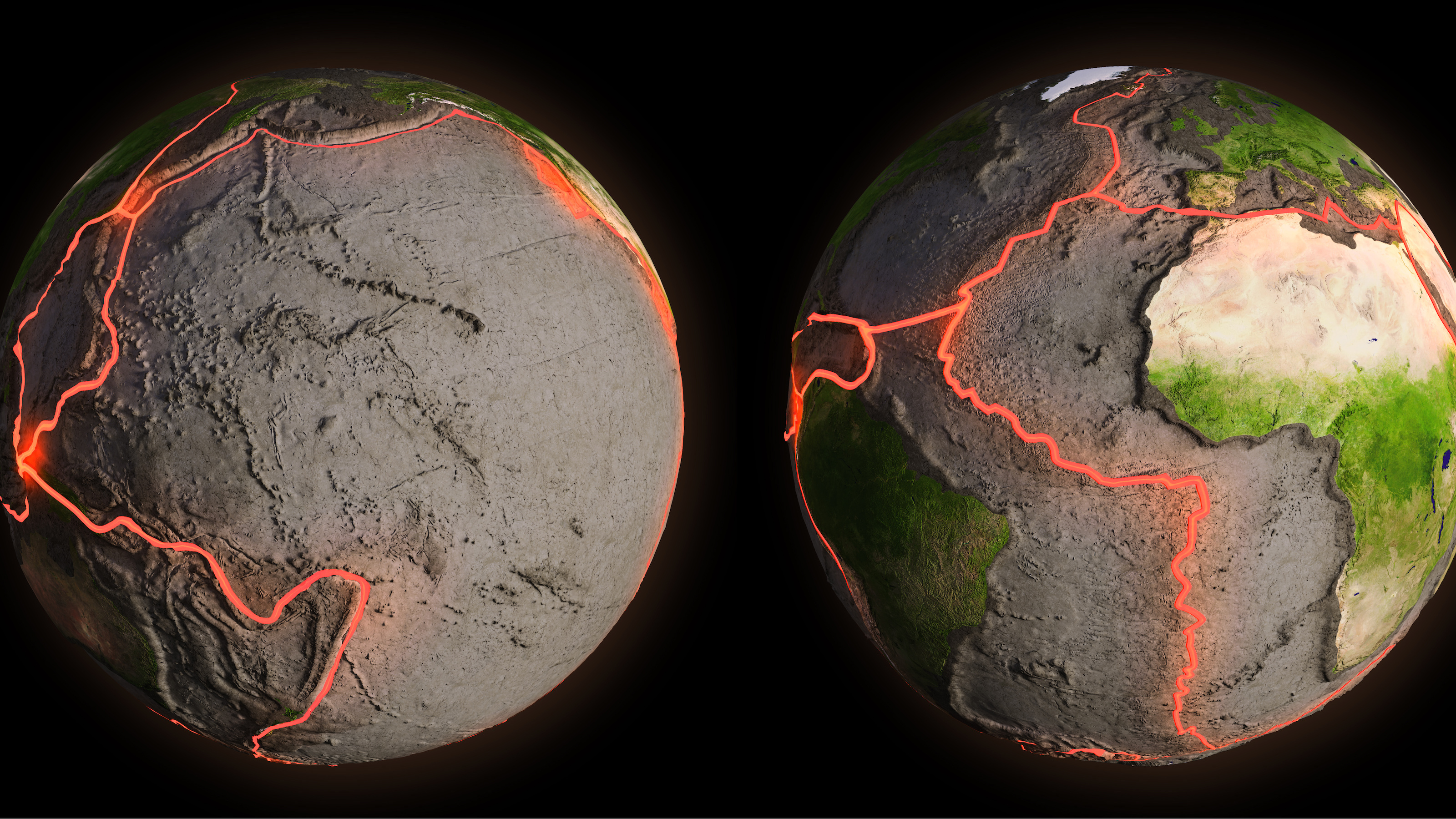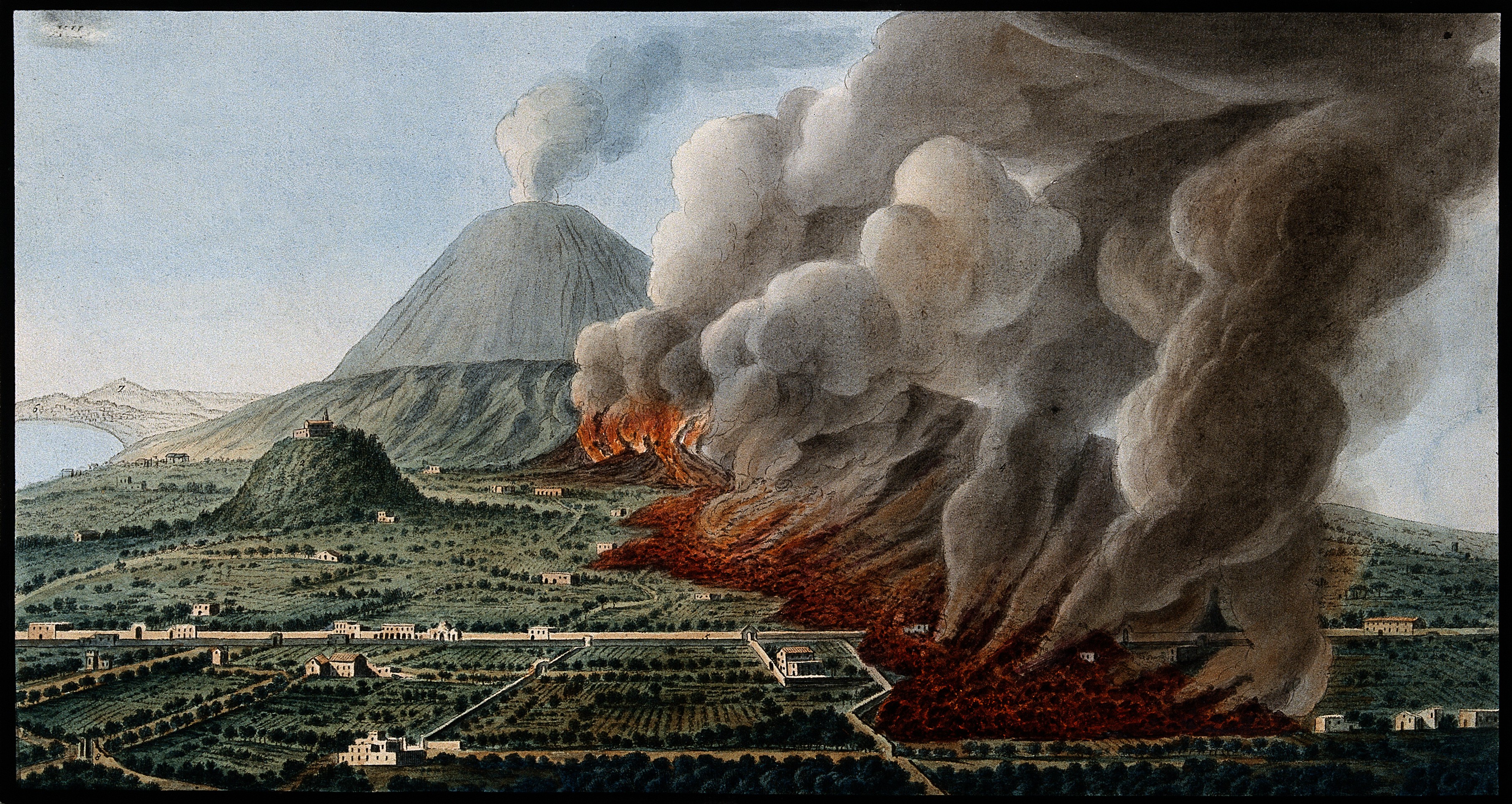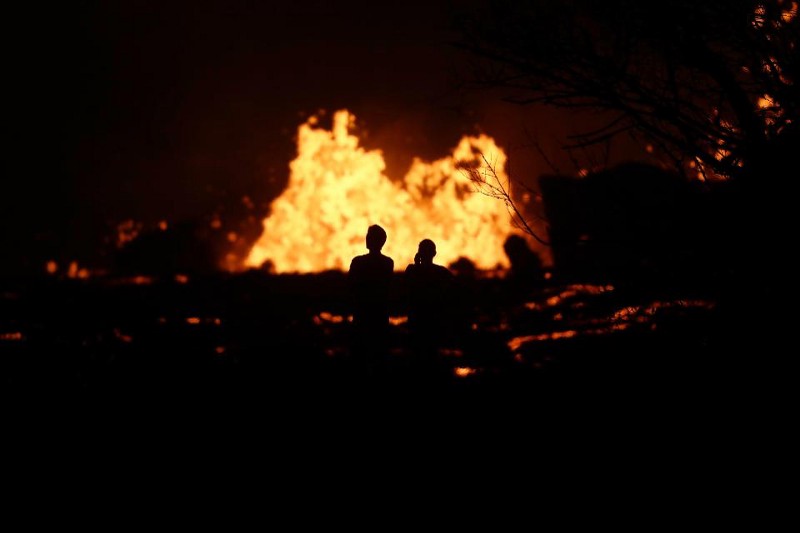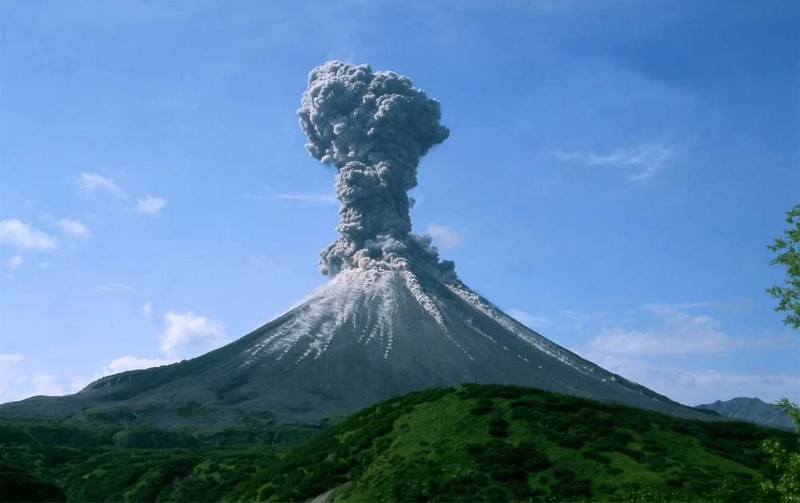More signs of melting at Redoubt

The “eruption watch” continues at Redoubt … Saturday revealed that things are getting hotter at the summit near the 1989/1990 dome (see picture above that made Redoubt famous in 1989). The overflight of the volcano revealed new holes in the summit glacial and a multitude of muddy streams formed from the meltwater. This area of very intense fumarolic activity is just below the 1989/1990 dome (~7,100 feet) and has been growing over the past few days. They also report an area at ~9,000 feet on the volcano that shows signs of ice collapse, indicating heat from underneath the snow and ice (similar to what was seen at Mt. Saint Helens when it reactivated in 2004).
The Seattle PI article linked here does seem to get a little confused when it comes to the potential volcanic products at Redoubt. From the article:
“Geologist Jennifer Adleman said magma is a combination of three phases: liquid rock plus a gas and crystals than can form sort of a froth that works its way up the mountain.
“A lot of scientists refer to is as a crystalline mush,” she said.”
Now, I’m not certain what Adleman is referring to in her quote, but I’ve never heard of the frothy material as a “crystalline mush”. Not to say that is an inaccurate description, but usually mushes are referred to when the magma is at depth in the volcano. This is more like a foam, with the liquid and crystals entrained in a magma that is packed with bubbles that form as the magma decompresses. If those gases get bottled up before the volcano erupts, you could get an explosive such as what happened at Mt. Saint Helens in 1980. If not – if the gases are allowed to be more passively released, lets say if the magma stalls as it comes up – then we might get the toothpaste-style eruption we saw in the most recent Saint Helens activity.




